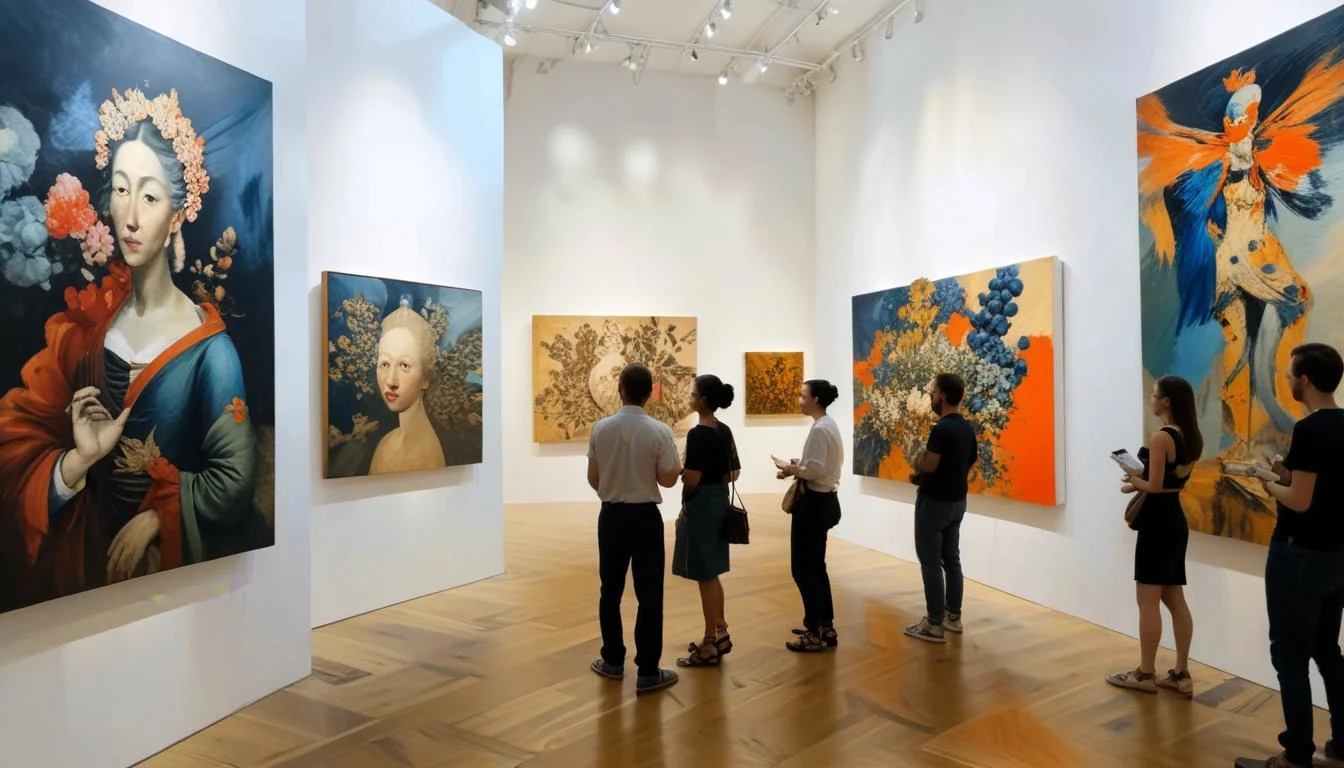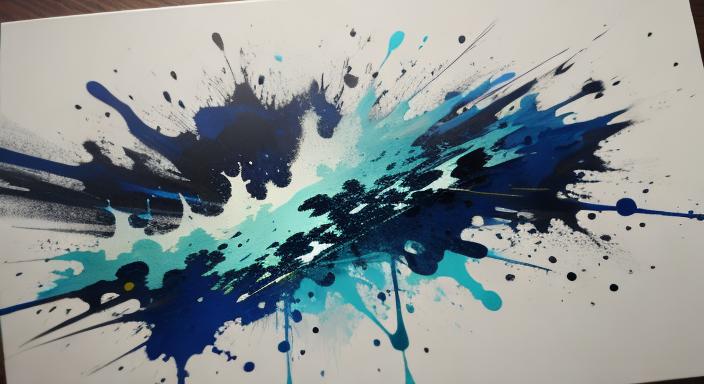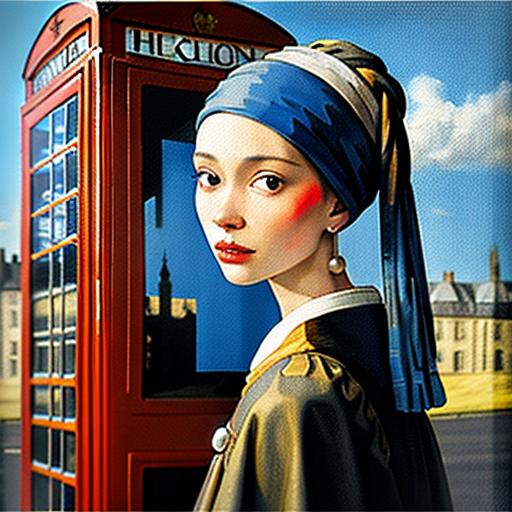Popular culture often portrays the image of the tortured genius toiling away in isolation. Yet, for many artists, the creative process thrives on artistic friendships. Throughout history, these connections have fostered inspiration, sparked innovation, and left a lasting mark on the cultural landscape.
These bonds transcend mere companionship. They create unique spaces for artistic exchange, where ideas can be candidly explored, anxieties shared, and techniques honed. Friends become sounding boards, offering honest critiques that propel an artist’s vision forward. They also champion each other’s work in a world of indifference.
The Fertile Ground of Shared Inspiration
Artistic friendships often lead to the cross-pollination of ideas. Pablo Picasso and Georges Braque’s vibrant relationship exemplifies this. Their shared exploration of form and perspective birthed Cubism, a revolutionary movement that shattered traditional notions of representation. Their constant dialogue, fueled by mutual respect and healthy competition, pushed both artists to refine and redefine the boundaries of art.
Similarly, the deep bond between British Romantics William Wordsworth and Samuel Taylor Coleridge yielded a rich literary legacy. Their walks through the Lake District, filled with philosophical and poetic discussions, sparked the creation of some of the most enduring poems in English literature, including Wordsworth’s “Tintern Abbey” and Coleridge’s “Kubla Khan.” Despite their challenges, their ability to inspire and challenge each other proved instrumental in their artistic development.
Beyond Inspiration: A Support System for the Soul
The vulnerability inherent in the creative process necessitates a safe space for exploration and expression. Artistic friendships often provide this haven. Vincent van Gogh and Paul Gauguin’s time painting together in Arles poignantly illustrates this. Van Gogh, battling mental illness, found solace in Gauguin’s companionship. Although their artistic styles differed greatly, Gauguin provided Van Gogh with emotional support and artistic encouragement, a vital lifeline during a turbulent period.
Likewise, the lifelong friendship between American painters Georgia O’Keeffe and Alfred Stieglitz transcended the romantic. Stieglitz, a renowned photographer and gallerist, became O’Keeffe’s biggest advocate, championing her work and propelling her to artistic prominence. He provided her with a platform to express her unique vision, while O’Keeffe, in turn, inspired him with her bold and innovative approach to botanical forms.
Artistic Friendships and Rivalry: A Delicate Dance
Not all artistic friendships are smooth sailing. The relationship between Italian Renaissance painters Michelangelo and Leonardo da Vinci was famously fraught with rivalry. Their competitive spirit, fueled by contrasting artistic approaches, often manifested in public spats and sabotage attempts. However, this constant push and pull undeniably elevated their work. Michelangelo’s Sistine Chapel ceiling and da Vinci’s Mona Lisa stand as testaments to the brilliance that can emerge from a complex and competitive artistic bond.
Modern Example: Andy Warhol’s Factory
In a more contemporary context, Andy Warhol’s Factory is a testament to artistic communities’ power. Warhol’s studio in New York City, known as The Factory, was a bustling hub of creativity and collaboration from the 1960s to the 1980s. It attracted artists, musicians, writers, and socialites, fostering an environment where avant-garde art thrived. This eclectic mix of individuals included notable figures like Lou Reed, Edie Sedgwick, and Jean-Michel Basquiat.
The Factory exemplified how artistic friendships and collaborations could transcend traditional boundaries, leading to groundbreaking works in various media. Warhol’s collaborations with others at The Factory led to iconic pieces that defined an era. The Factory’s influence extended beyond art, impacting music, film, and fashion, highlighting the far-reaching effects of creative synergy.
“Art is what you can get away with”
Warhol famously said, encapsulating the daring spirit of The Factory.
The Legacy of Artistic Bonds
The impact of these extraordinary friendships extends far beyond their immediate circles. They leave a lasting legacy on the artistic landscape, influencing generations of creators to come. The Impressionist movement, for instance, emerged from a network of loosely connected artists who shared ideas, techniques, and a passion for capturing the fleeting effects of light. While maintaining distinct styles, Monet, Renoir, Pissarro, and Degas fostered a sense of artistic community that forever altered the course of art history.

A Testament to the Power of Connection
In today’s increasingly digital world, the importance of artistic friendships remains undimmed. Social media platforms can provide a virtual space for connection, but there’s no substitute for the energy and inspiration sparked by face-to-face interactions. Art schools, studios, and artist collectives continue to foster these vital relationships, nurturing creativity and propelling artistic movements forward.
Ultimately, these enduring friendships remind us that the artistic journey is rarely solitary. Through shared experiences, honest critique, and unwavering support, artists elevate and push each other’s work to new heights. They are a testament to the power of human connection, proving that collaboration, empathy, and a shared passion for creation can yield something truly remarkable.
“A friend is someone who gives you total freedom to be yourself”
Jim Morrison’s words resonate deeply with the essence of artistic friendships.



